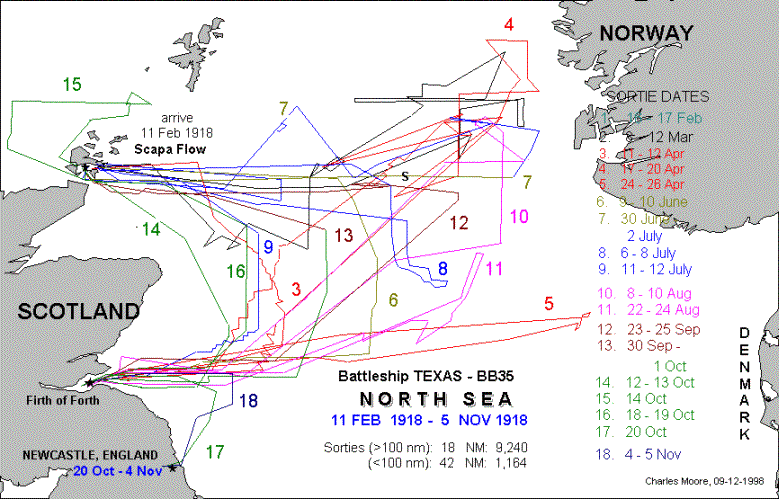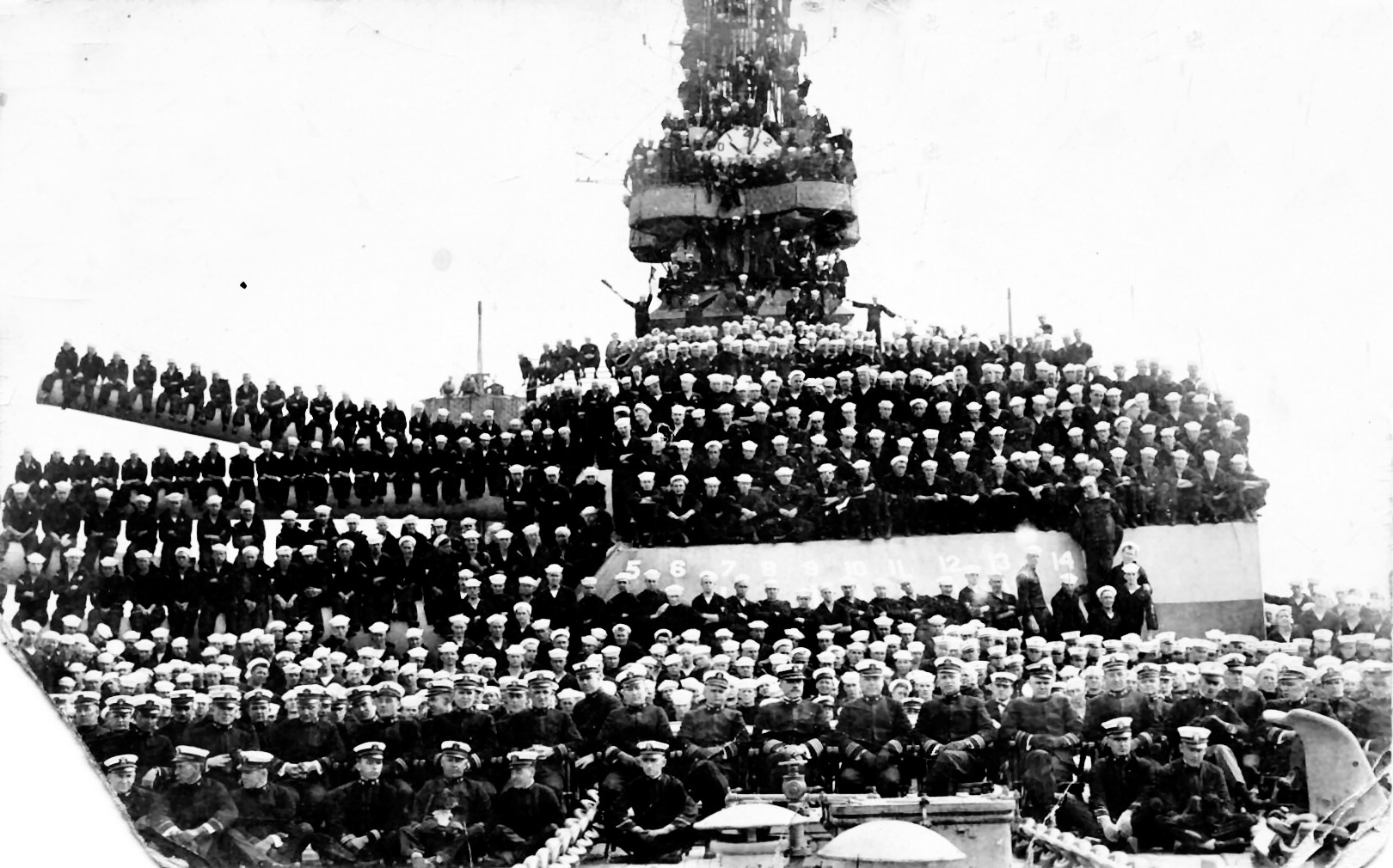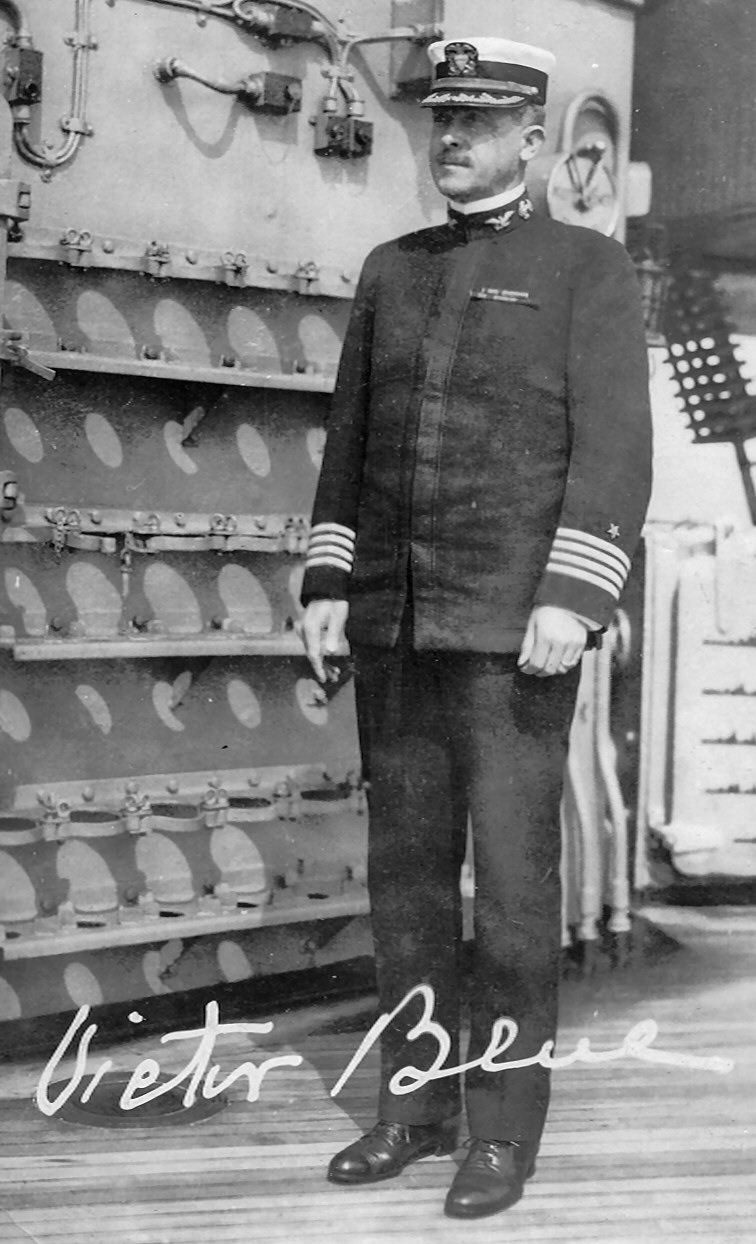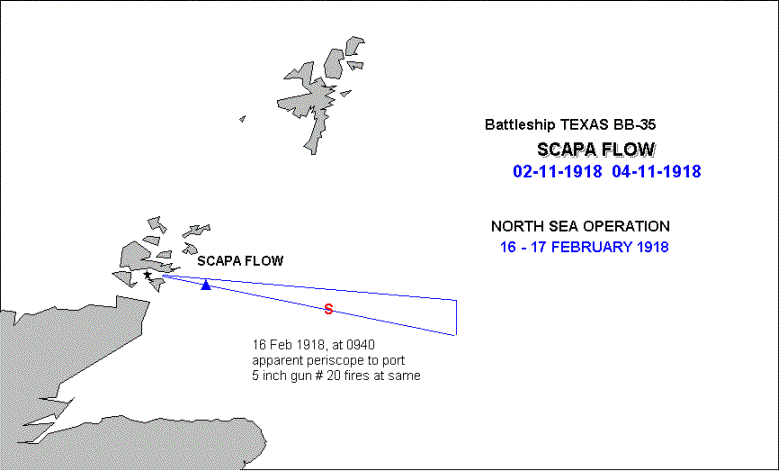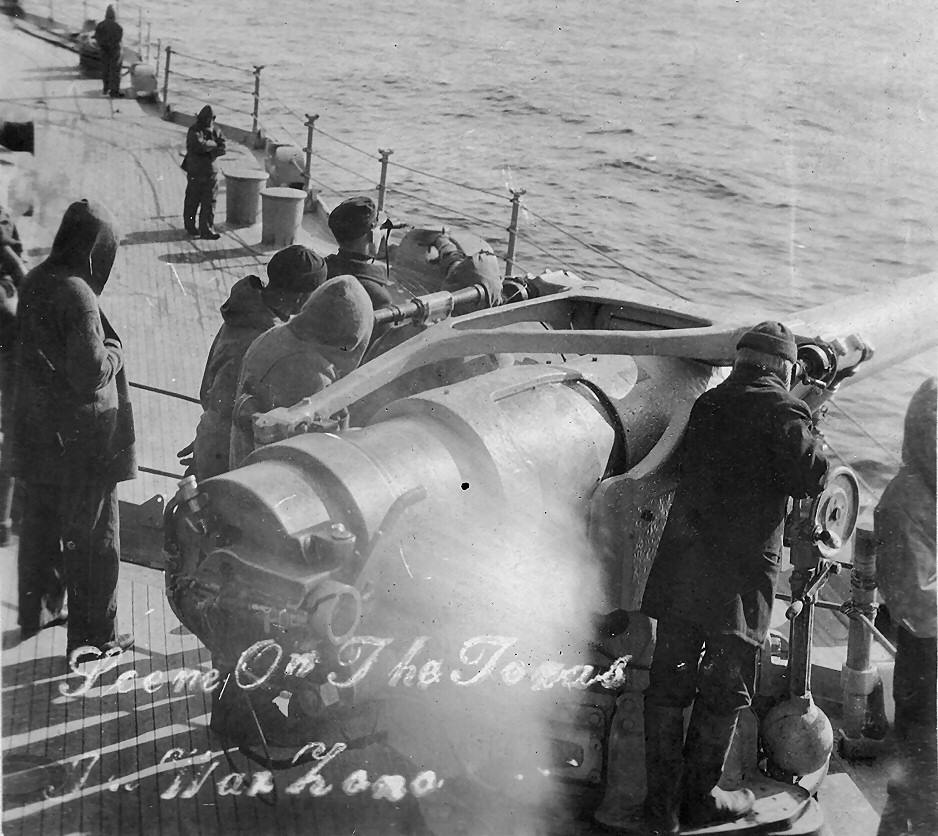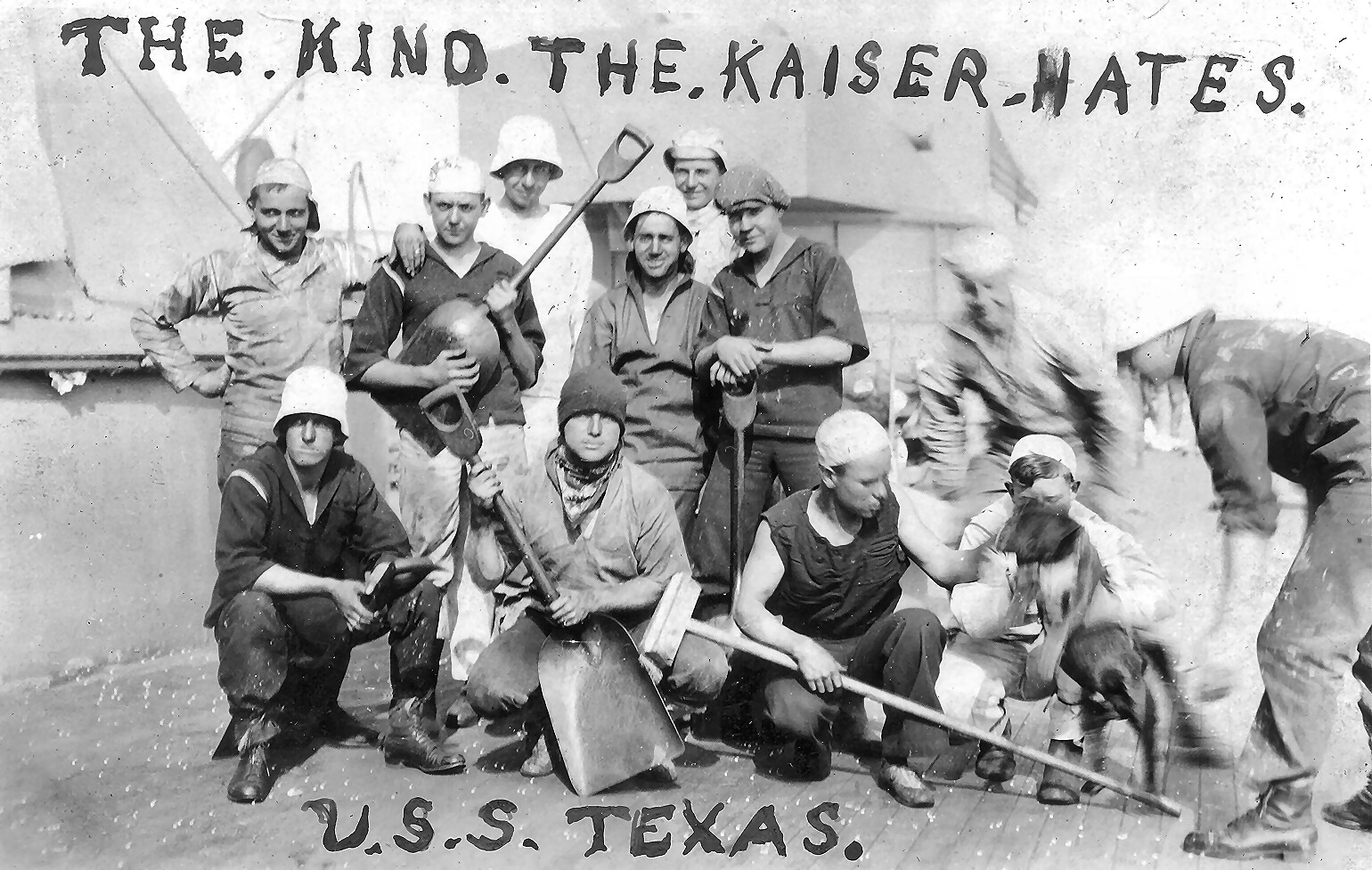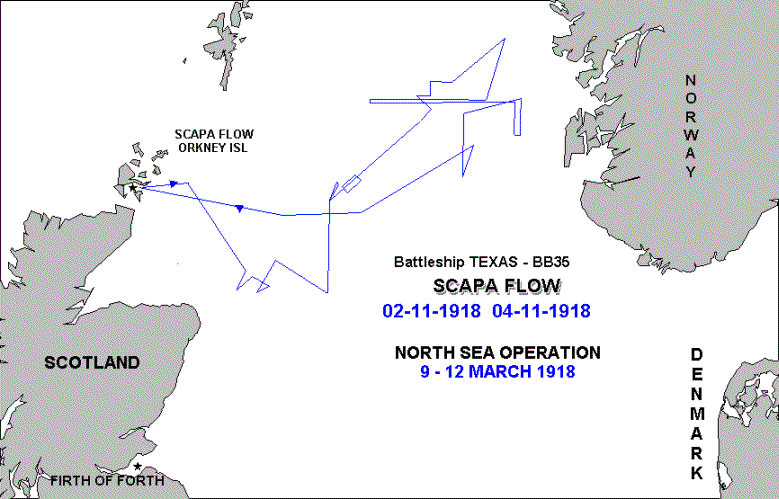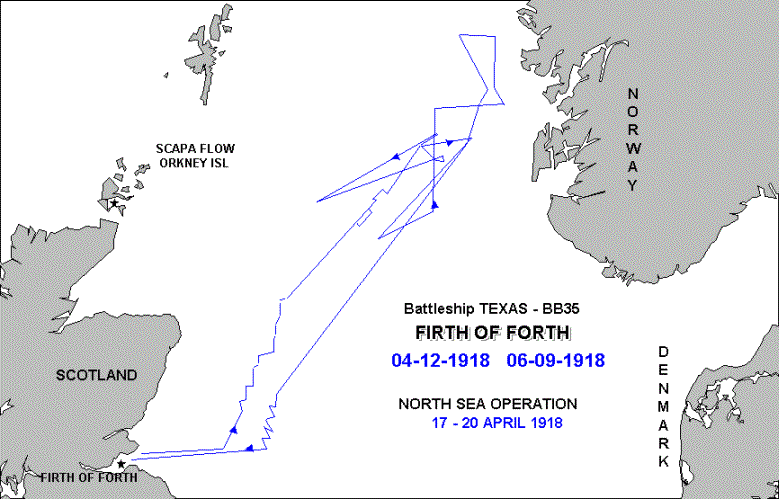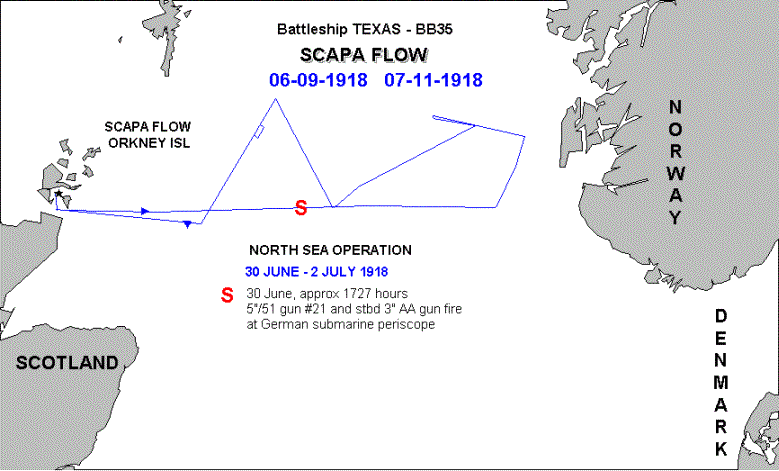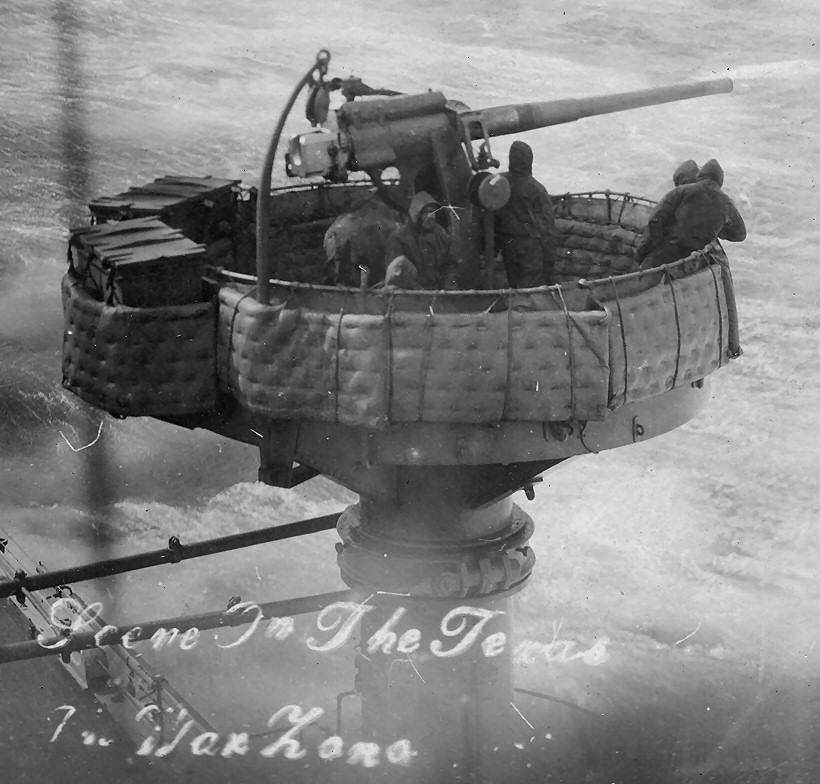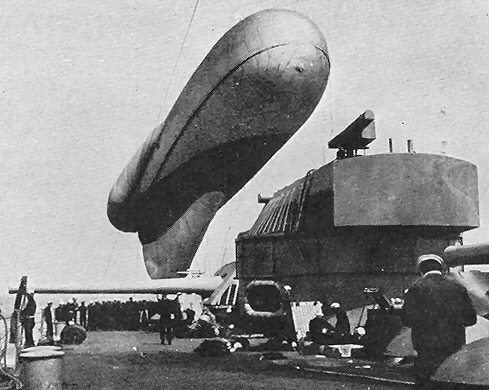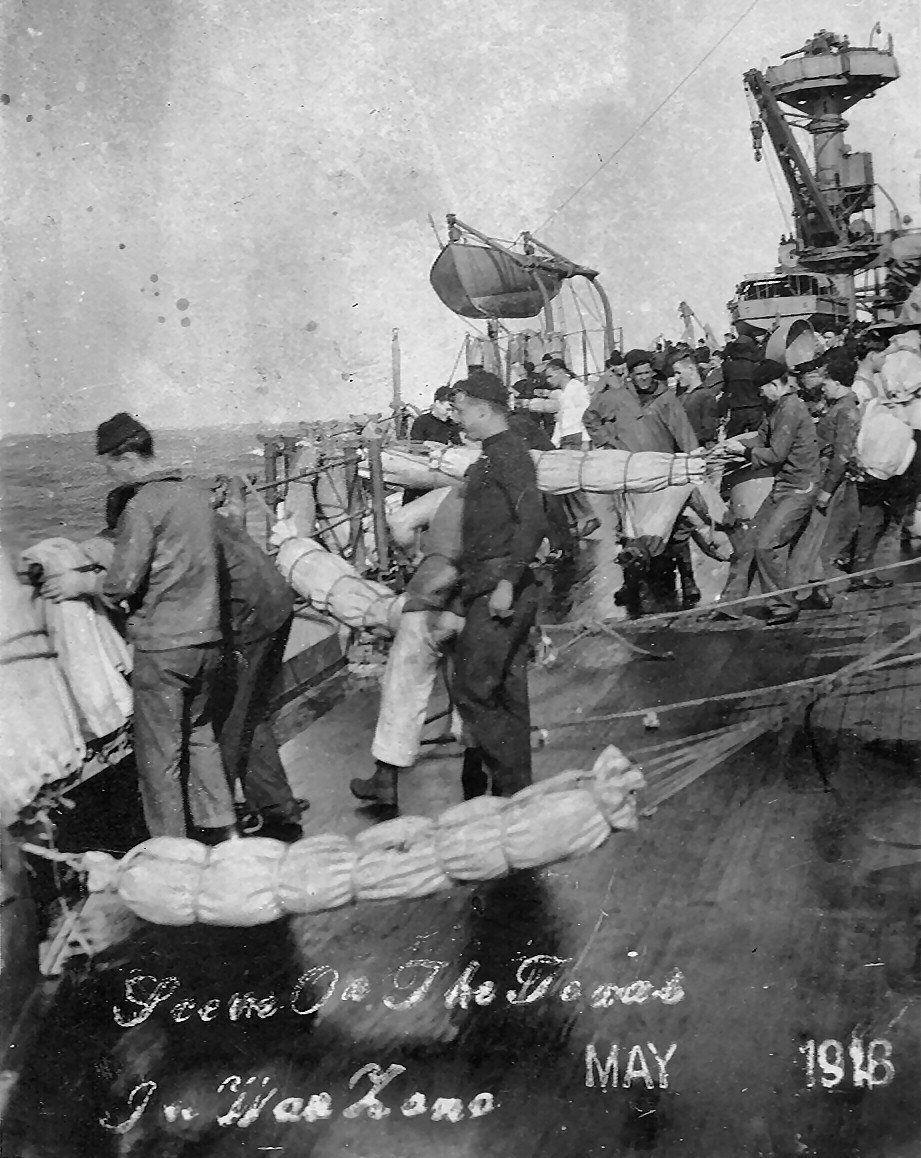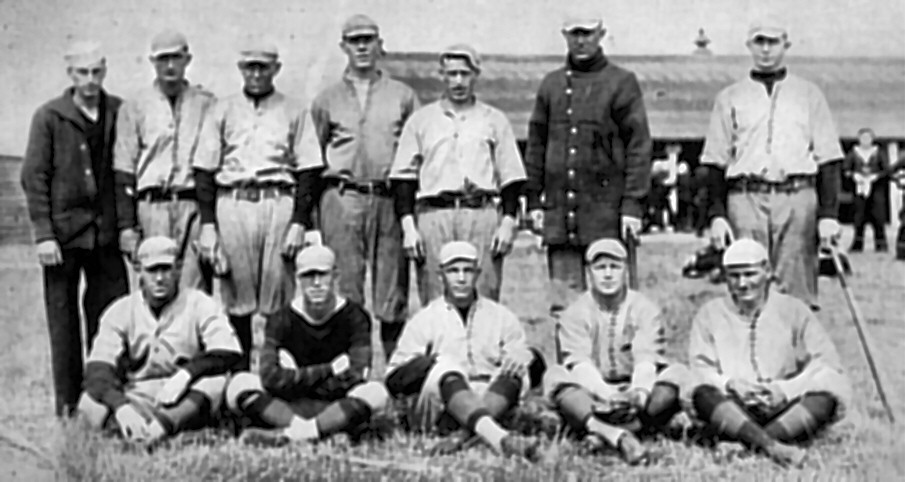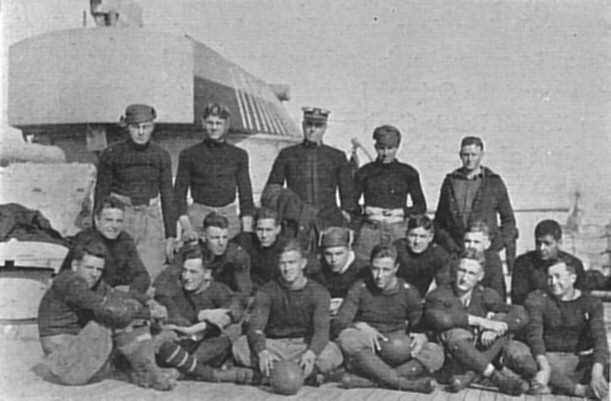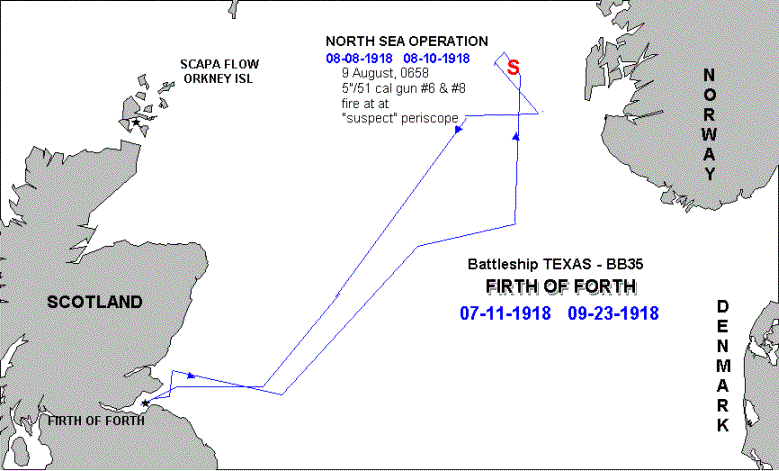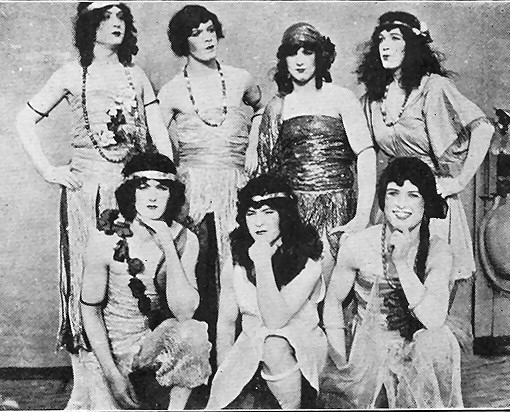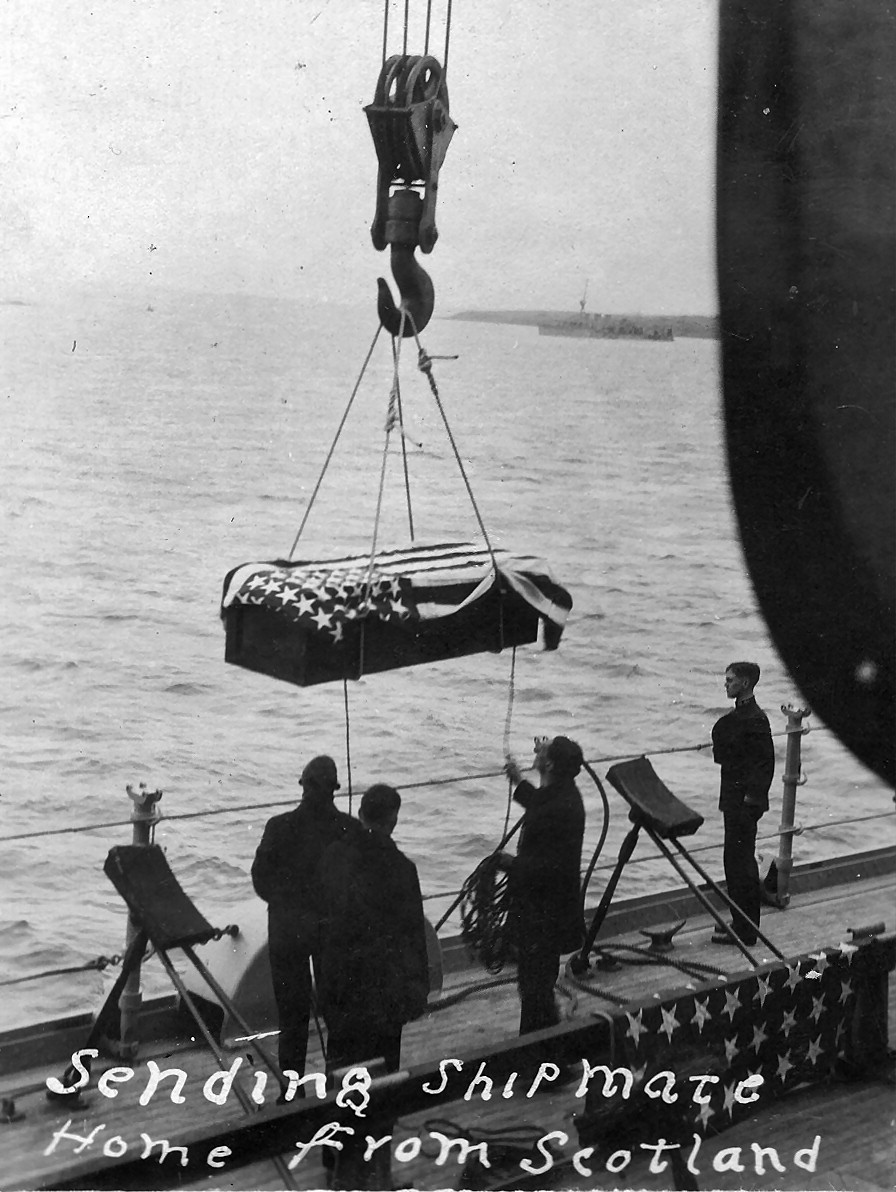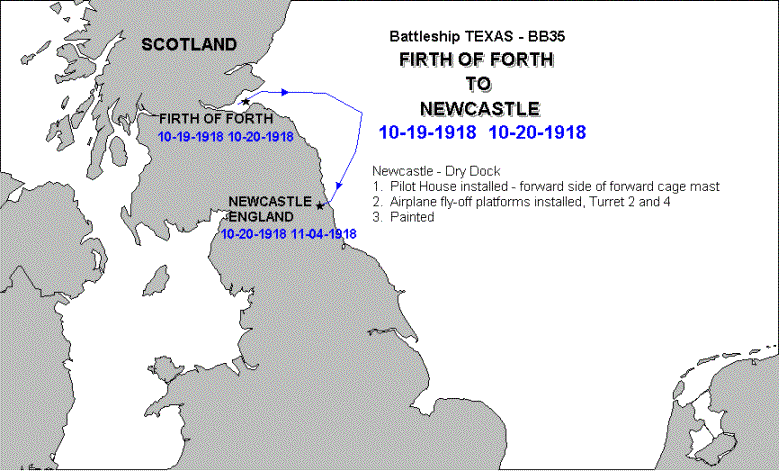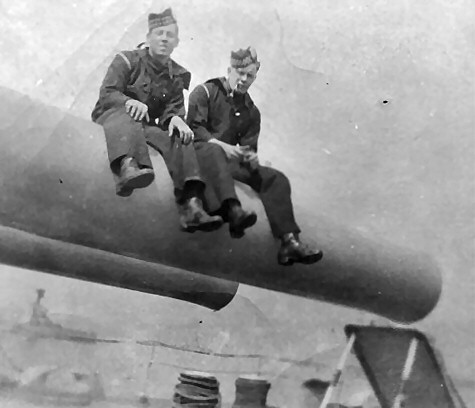TEXAS and NEW YORK were the most powerful American battleships in Europe for only the coal burners were sent, for the British Isles did not have enough fuel oil for the oil burners.
The North Sea map and the other maps through 11 November were created with MapInfo. The ship's latitude-longitude entries in the Log Book which were merged with course and-or speed entries in the Log Book. I purchased the complete 1918 deck log (1,100 pages) from the National Archives. The microfilm copy has been converted in digital form.
BB35 operated out of Scapa Flow, Orkney Isl and Firth of Forth, Scotland sailing 12,257 miles during 62 sorties, of which 10,625 miles were covered during the 18 sorties that were greater than 185 miles. The other 44 sailings were less than 81 miles. The 18 sorties used 7,720 tons of coal. The cost to maintain TEXAS in service in 1917 was $1,018,000 and in 1918 was $1,516,000. (Based on the average cost of all US battleships - 1918 US Navy summary).
